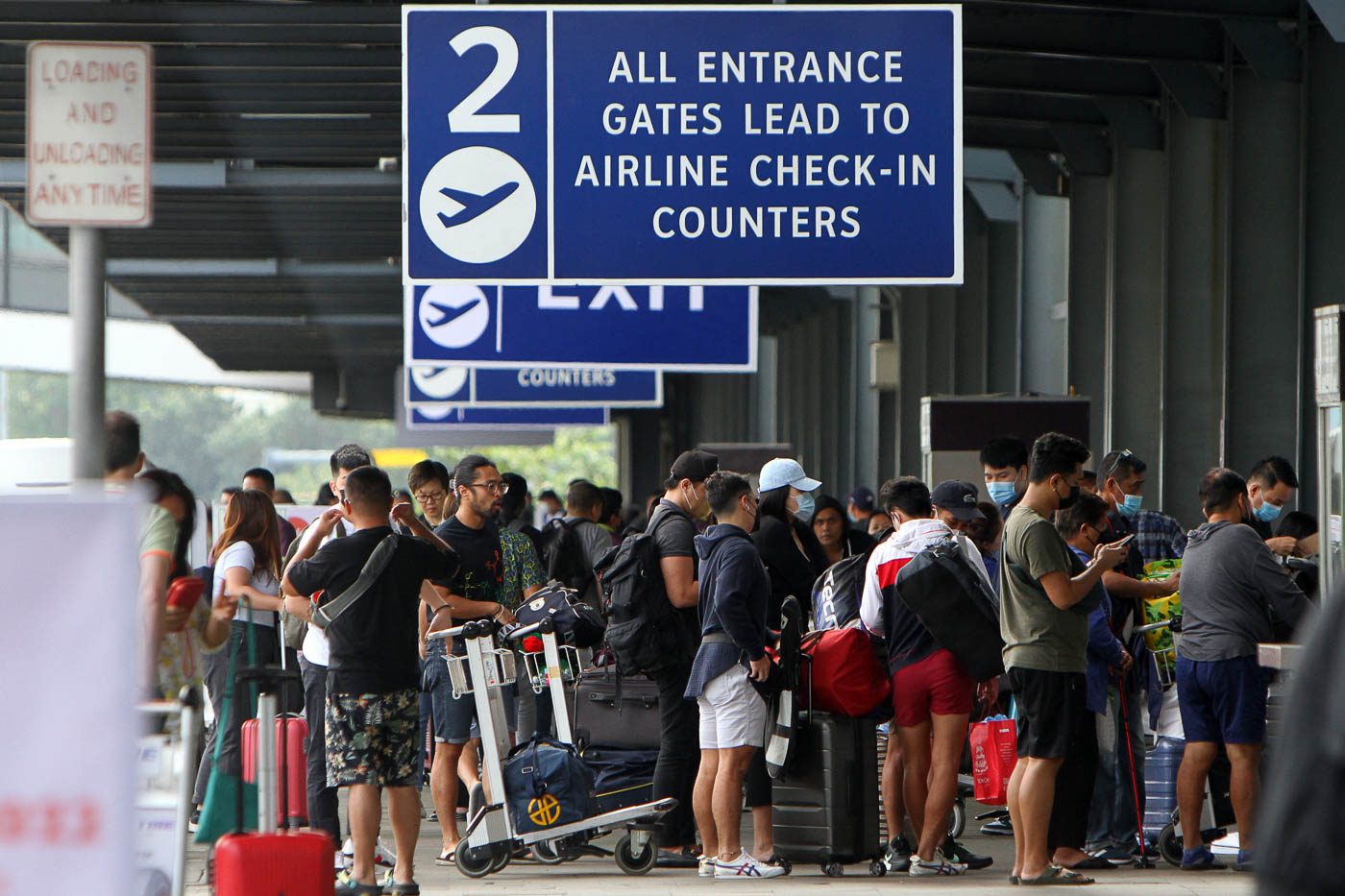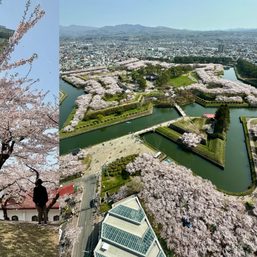SUMMARY
This is AI generated summarization, which may have errors. For context, always refer to the full article.

MANILA, Philippines – After years of closed borders and restrictions, where do Filipinos go to indulge in revenge travel? It turns out not too far actually, with Philippine tourists flocking to domestic and nearby Asian destinations – Japan, Singapore, Thailand, and Hong Kong.
A company-led study by Klook, a travel and experiences platform, found a resurgent demand for domestic and international travel, as 87% of Filipinos surveyed said they were eager to travel.
Domestic travel continued to lead the tourism industry recovery. The platform’s bookings for domestic destinations have already exceeded pre-pandemic levels – 87% higher in 2022 compared to 2019. The most popular local travel destinations and experiences booked include Boracay, Manila, Tagaytay, Cebu, Clark, and Subic – a list that has since expanded to cover more locations than the usual theme parks and beaches of the past, Klook noted.
If past results are any indication, Boracay seemed to be secure in its place as a local favorite. In 2022, the famed white sand island easily topped a survey on preferred domestic travel destinations conducted by Statista and Milieu Insight. Baguio and Palawan were also among the top domestic travel destinations, while Manila finished dead last.
Meanwhile, international travel continued to pick up as more countries reopened in 2022. According to its study, Klook’s bookings to Japan, Singapore, and Thailand have already exceeded pre-pandemic levels. (READ: Want to do revenge travel in Tokyo? Here’s what you need to know)
Travel to Hong Kong, too, has been rapidly growing since the city began reopening, scrapping its mandatory PCR tests, vaccine pass, and face mask mandate. With the lighter restrictions, Hong Kong bookings from Filipino users of the app skyrocketed by 230% from December 2022 to January 2023, with double-digit growth continuing for February and March. While travel to Hong Kong has yet to reach its pre-pandemic level, Klook noted that it would most likely surpass this as it recovered.
“We are seeing a strong and fast recovery, especially for Hong Kong since its reopening, and we are expecting a continued double digit growth in the next months,” said Michelle Ho, general manager for Klook Philippines and Thailand, during a media roundtable.
Asian countries also topped Statista’s survey on the preferred holiday destination of Filipinos in 2023, with Japan being the easy favorite. The survey, conducted between November 2022 and January 2023, found that about 28% of respondents in the Philippines said Japan was their preferred holiday destination. Filipinos also favored going to ASEAN member-states, with 17% choosing to visit one of the 10 countries in the association. The survey did not provide a breakdown of the picks for ASEAN or European Union countries.
Digitalization of travel
According to Ho, interest in travel was “very high” in the Philippines compared to other ASEAN countries, with 75% of Filipinos surveyed saying that they were still willing to spend the same amount or even more, just for travel.
Ho said that the surge of revenge travel was powered, in large part, by the digitalization of the tourism industry. In the Philippines alone, more than 3.8 million active users are on the travel and experiences app. Klook has also expanded to offer 600 experiences, activities, and hotels in more than 20 cities across the country.
“Travel has become even more accessible to consumers now that more people are becoming digital-savvy, and we believe this digital transformation is contributing greatly to the acceleration of tourism growth in the region,” Ho said.
This trend was also backed by a 2022 Milieu Insight study that found most Filipinos relied on digital technology for travel, primarily using social media (65%) to plan their trips, followed by travel booking platforms (54%), travel-related blogs or websites (47%), family or friends (45%), travel agencies (44%), and finally search engines (42%).
Filipinos also mostly turn to social media (64%) to hunt for travel deals and promos, followed by travel booking platforms (57%), and friends or family (50%). – Rappler.com
Add a comment
How does this make you feel?



![[Ilonggo Notes] Guimaras: Geared up for success](https://www.rappler.com/tachyon/2024/05/Ilonggo-Notes-Guimaras-May-6-2024.jpg?resize=257%2C257&crop=298px%2C0px%2C720px%2C720px)

There are no comments yet. Add your comment to start the conversation.